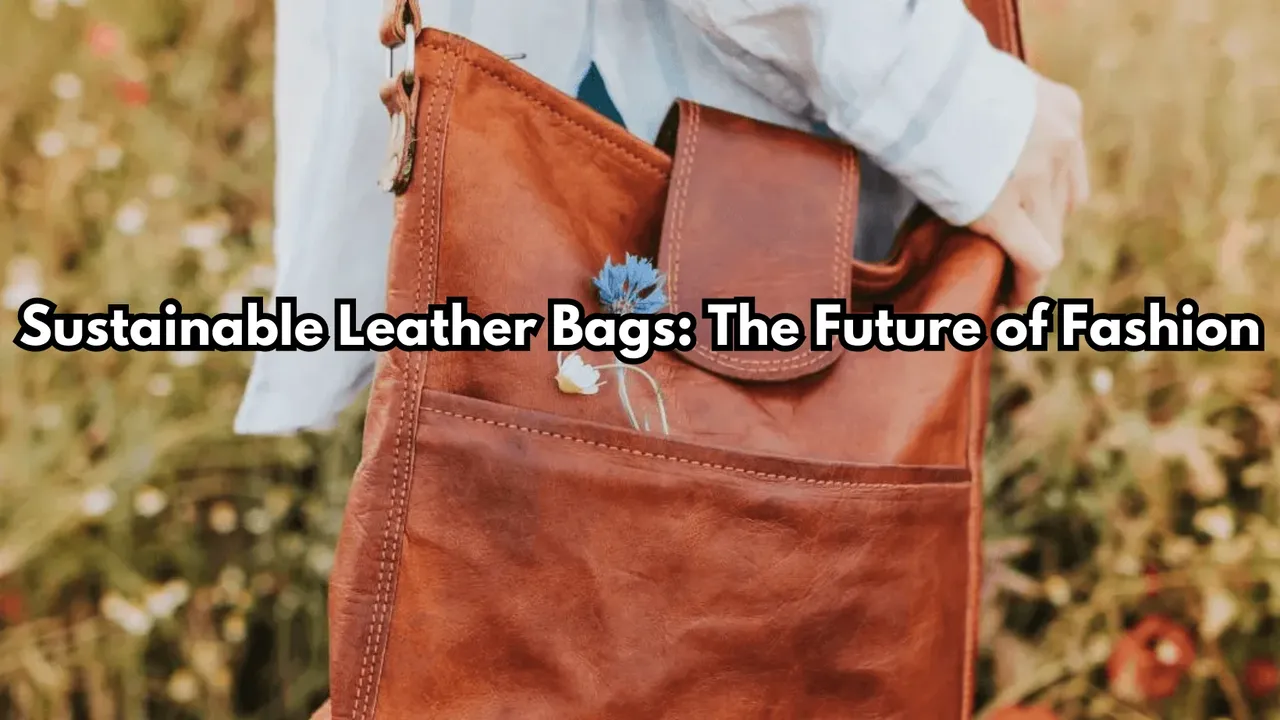Price Point Comparison: Vegan Leather Handbags vs
Compare the cost of vegan leather and real leather handbags. Find an option that fits your budget without compromising on style or ethics.

Understanding the Price Landscape of Handbags Vegan vs Real Leather
Okay, let's talk money! When you're eyeing a gorgeous new handbag, price is a huge factor. But it's not just about the initial cost; it's about value, longevity, and what your dollar actually buys you in terms of ethics and environmental impact. We're diving deep into the price comparison between vegan leather and real leather handbags, helping you make a smart and informed choice.
Factors Influencing the Price of Real Leather Handbags
Real leather handbags have been a luxury staple for generations, and their price reflects several key factors:
- Raw Material Costs: The hides themselves are a commodity, and their price fluctuates based on supply, demand, and quality. Higher-grade hides, like full-grain leather, command a premium.
- Tanning Processes: Traditional tanning methods, especially those using harsh chemicals like chromium, can be cheaper but raise environmental concerns. Vegetable-tanned leather, a more eco-friendly option, is often more expensive due to the longer and more labor-intensive process.
- Manufacturing and Labor: The craftsmanship involved in creating a real leather handbag, particularly if it's handcrafted or made in a country with higher labor costs, significantly impacts the price.
- Brand Name and Marketing: Let's be honest, a big chunk of the price tag on a designer real leather bag is the brand itself. Marketing, advertising, and the perceived exclusivity all contribute.
Factors Influencing the Price of Vegan Leather Handbags
Vegan leather, on the other hand, has its own set of pricing dynamics:
- Material Composition: Vegan leather comes in various forms, from PU (polyurethane) and PVC (polyvinyl chloride) to more innovative materials like Piñatex (pineapple leaf fiber), mushroom leather, and apple leather. PU and PVC are typically the most affordable, while the newer, sustainable options tend to be pricier due to research, development, and smaller-scale production.
- Manufacturing Processes: The processes used to create vegan leather, including coating fabrics and texturizing surfaces, also impact the cost.
- Ethical and Environmental Considerations: Brands committed to ethical sourcing and sustainable production often invest more in their materials and manufacturing, which can translate to a slightly higher price point.
- Market Perception: Vegan leather is shaking off its reputation as a cheap alternative. As consumers become more aware of its ethical and environmental benefits, they're willing to pay more for quality vegan options.
Price Comparison Specific Examples Vegan Leather vs Real Leather
Let's get down to brass tacks! Here's a comparative look at specific handbag types and their typical price ranges in both real and vegan leather:
Tote Bags
- Real Leather: A basic, unbranded real leather tote might start around $150-$200. Designer versions can easily reach $500-$1000+.
- Vegan Leather: You can find stylish and durable vegan leather totes starting around $50-$80. High-quality, sustainably made options might range from $120-$250.
Crossbody Bags
- Real Leather: A small real leather crossbody bag typically costs between $100-$300, depending on the brand and leather quality.
- Vegan Leather: Vegan leather crossbody bags offer great value, with prices ranging from $40-$150.
Clutch Bags
- Real Leather: A real leather clutch can range from $80 for a simple design to $500+ for a designer piece.
- Vegan Leather: Expect to pay between $30-$100 for a stylish and ethical vegan leather clutch.
Product Recommendations and Usage Scenarios Vegan and Real Leather Handbags
Let's look at some concrete examples. These are just illustrative, actual prices may vary:
Real Leather Handbags
- The Classic Leather Tote (Work/Everyday): A full-grain leather tote from a brand like Madewell (approx. $168). Ideal for carrying a laptop, documents, and everyday essentials. Durable and develops a beautiful patina over time.
- The Designer Crossbody (Evening/Special Occasions): A Gucci Dionysus small leather crossbody bag (approx. $2,500). A statement piece for evenings out or special events.
Vegan Leather Handbags
- The Matt & Nat Tote (Work/Everyday): A Matt & Nat vegan leather tote (approx. $150). Made from recycled materials, stylish, and practical for daily use.
- The Corkor Crossbody (Casual/Travel): A Corkor cork crossbody bag (approx. $70). Lightweight, water-resistant, and perfect for travel or casual outings.
- The Alexandra K Clutch (Evening/Special Occasions): An Alexandra K vegan leather clutch (approx. $120). Elegant and ethically made, perfect for adding a touch of sophistication to your evening look.
Detailed Product Comparisons Vegan Leather vs Real Leather Based on Price and Usage
Let's break down the pros and cons of choosing real leather versus vegan leather, considering both price and how you plan to use the bag:
Durability
- Real Leather: Generally, real leather is known for its durability and longevity. It can withstand wear and tear and often looks better with age. However, it requires proper care and conditioning.
- Vegan Leather: The durability of vegan leather varies depending on the material. High-quality PU can be quite durable, while other materials might be less so. Piñatex and other newer materials are showing promising results in terms of durability.
Maintenance
- Real Leather: Requires regular cleaning and conditioning to prevent drying and cracking.
- Vegan Leather: Generally easier to clean and maintain. Most vegan leather can be wiped down with a damp cloth.
Water Resistance
- Real Leather: Can be water-resistant but not waterproof. Prolonged exposure to water can damage real leather.
- Vegan Leather: Many vegan leathers are naturally water-resistant, making them a good choice for rainy climates.
Ethical Considerations
- Real Leather: Raises ethical concerns related to animal welfare and the environmental impact of tanning processes.
- Vegan Leather: Offers a cruelty-free alternative, but the environmental impact depends on the material used. Some vegan leathers, like PVC, are not very eco-friendly.
Price
- Real Leather: Generally more expensive than vegan leather, especially for high-quality or designer bags.
- Vegan Leather: Offers a more affordable option, but the price can vary depending on the material and brand.
Making the Right Choice for Your Wallet and Your Values
Ultimately, the best choice between a vegan leather and real leather handbag depends on your individual needs, budget, and values. If you prioritize durability and are willing to invest in proper care, real leather might be a good option. However, if you're looking for a more affordable, cruelty-free, and often more sustainable alternative, vegan leather is an excellent choice. With the rise of innovative materials and stylish designs, you don't have to compromise on fashion or ethics.
Consider what's most important to you – the longevity of the bag, the ethical implications, or the price point – and choose accordingly. There's a perfect handbag out there for everyone, regardless of their budget or beliefs!
:max_bytes(150000):strip_icc()/277019-baked-pork-chops-with-cream-of-mushroom-soup-DDMFS-beauty-4x3-BG-7505-5762b731cf30447d9cbbbbbf387beafa.jpg)





